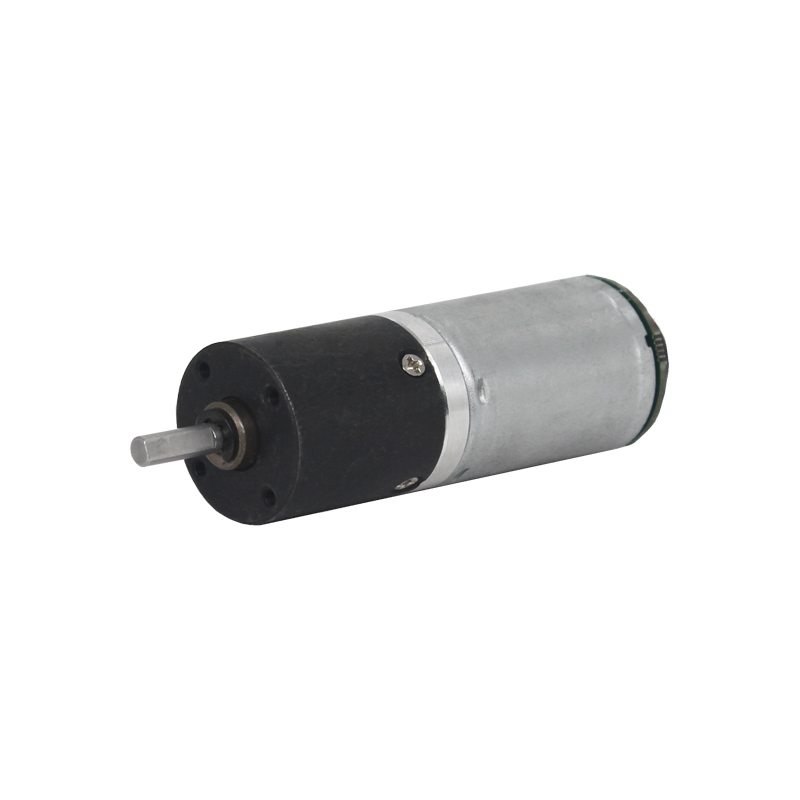The reduction of motor efficiency is caused by multiple factors, mainly including the following aspects:
Motor design and manufacturing
Unreasonable winding design: Excessive or insufficient number of turns in the winding, improper selection of wire diameter, etc., will increase the winding resistance, lead to an increase in copper loss, and thereby reduce the motor efficiency.
Core material and process: If the silicon steel sheet used for the core is of poor quality, such as having a large iron loss, or if the core manufacturing process is not good, with significant hysteresis and eddy current losses, it will increase the iron loss of the motor and affect its efficiency.
Motor structure design: If the design of structural parameters such as the air gap size and rotor slot shape of the motor is unreasonable, it will lead to an uneven magnetic field distribution of the motor, increase stray losses, and reduce efficiency.
Load characteristics
Light-load or overload operation: When the motor operates under light load, the proportion of its fixed loss to the total input power is relatively large, resulting in a decrease in efficiency. Long-term overload operation will increase the motor current, raise both copper loss and iron loss, reduce efficiency, and may even damage the motor.
Frequent load changes: If the load carried by the motor changes frequently, the motor needs to constantly adjust its output power, which will increase the internal losses of the motor. Especially during frequent starting and braking processes, it will generate significant energy losses and reduce the operating efficiency of the motor.
Power supply quality
Voltage deviation: When the power supply voltage is higher or lower than the rated voltage of the motor, the magnetic flux of the motor will change, resulting in an increase in iron loss and copper loss. At the same time, the output power of the motor will also be affected, thereby reducing efficiency. For example, excessively high voltage will saturate the core, causing a sharp increase in iron loss. If the voltage is too low, the motor current will increase and the copper loss will rise.
Frequency deviation: Changes in power supply frequency can affect the motor's rotational speed and magnetic flux, thereby influencing the motor's performance and efficiency. For asynchronous motors, changes in frequency will cause variations in the motor's slip rate, increasing the motor's losses and reducing its efficiency.
Power supply harmonics: If there are harmonics in the power supply, it will cause additional harmonic losses in the motor, including copper losses caused by harmonic currents in the windings and iron losses caused by harmonic magnetic fields in the core. At the same time, harmonics will also increase motor vibration and noise, further reducing the motor's efficiency.
Operating environment
Excessively high temperature: If the operating environment temperature of the motor is too high, it will increase the winding resistance of the motor and raise the copper loss. At the same time, high temperatures can also affect the performance of motor insulation materials, accelerate insulation aging, and reduce the performance and efficiency of the motor. In addition, excessively high temperatures may also lead to poor heat dissipation of the motor, further intensifying the motor's heat generation and creating a vicious cycle.
Poor ventilation: During operation, the motor generates heat. If the ventilation is not smooth, the heat cannot be dissipated in time, which will cause the internal temperature of the motor to rise, affecting the motor's efficiency and lifespan. For instance, when a motor is installed in a confined and narrow space, or when a fan malfunctions or the air duct is blocked, it can all lead to poor ventilation.
Maintenance and upkeep
Bearing wear: Motor bearing wear will cause an uneven air gap between the rotor and stator of the motor, resulting in abnormal magnetic field distribution and increasing the loss of the motor. At the same time, bearing wear will also increase the rotational resistance of the motor, consume more energy and reduce the motor's efficiency.
Dust accumulation in the motor: Excessive dust accumulation inside the motor will affect its heat dissipation effect, causing the motor temperature to rise and increasing losses. In addition, dust may also enter parts such as the motor windings and bearings, accelerating wear and corrosion and reducing the performance and efficiency of the motor.
Poor lubrication: The bearings and other rotating parts of the motor require good lubrication. If the lubrication is insufficient or the quality of the lubricating oil is poor, it will increase the friction between the components, resulting in increased mechanical losses of the motor and reduced efficiency.
